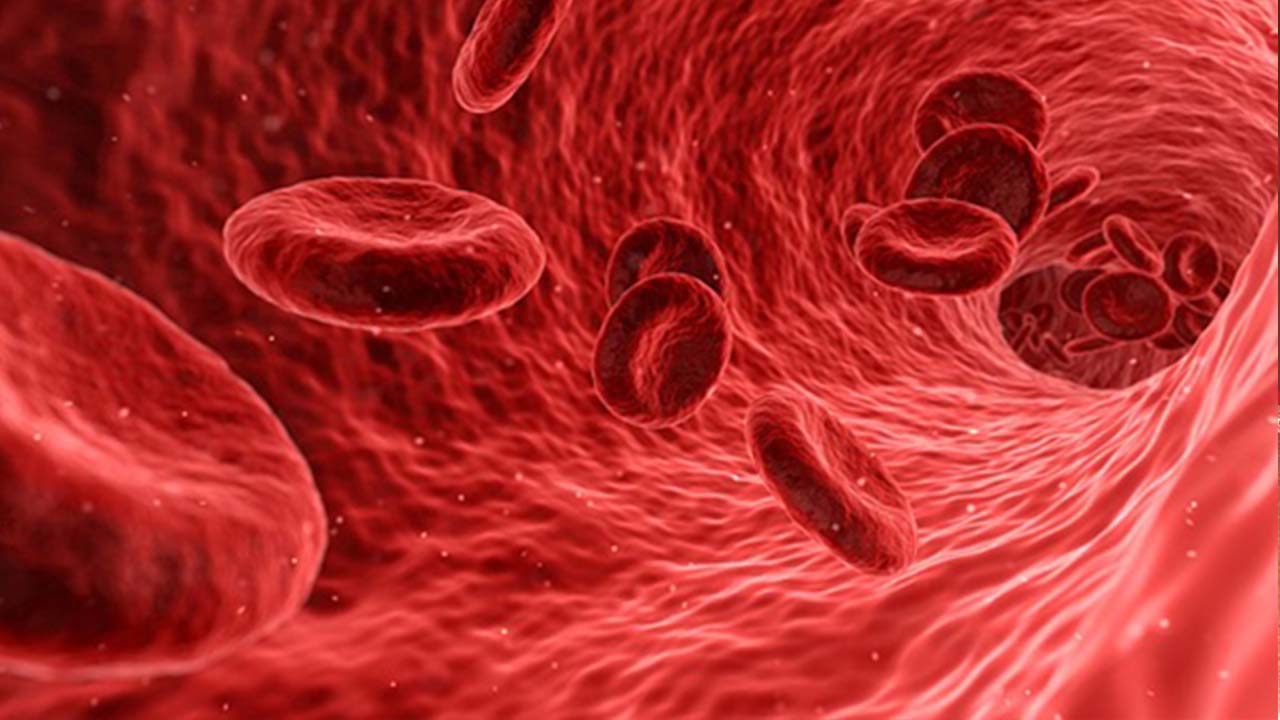As you age, your vascular health becomes considerably crucial. The heart and blood vessels are affected as you start to age. On the other hand, many aging-related changes are triggered or intensified. These can result in vascular disease if left untreated. A larger risk of negative consequences exists in frail adults with cardiovascular disease.
Effects of aging
The heart pumps adequate blood to supply throughout the human body. When strain is put on an aging heart, it might not be able to pump blood as smoothly and successfully as it used to. Things that affect your heart in old age:
- Certain medicines
- Stress
- Physical exertion
- Illness
- Infections
- Injuries
The heart gets weaker as we age. Vascular problems start to develop as the heart and blood vessels are affected due to aging. The following are the vascular diseases that may occur due to aging:
- Clotting of blood
- Deep vein thrombosis
- Thrombophlebitis
- Claudication
- Varicose veins
- Aneurysms can be developed in the brain or the heart’s main arteries.
Aneurysms are abnormal widening or ballooning of arteries when the blood vessel’s wall becomes weak. A ruptured aneurysm may result in bleeding and perhaps death.
Prevention
The risk factors for developing vascular diseases include high blood pressure and cholesterol levels, diabetes, obesity, smoking, etc. To prevent vascular diseases in old age, one should:
Maintain weight
Maintain a healthy weight, and eat a diet low in cholesterol and saturated fat. The heart needs to be healthy to pump blood throughout the body. Follow the advice given to you by your doctor for the treatment of diabetes, high cholesterol, or high blood pressure and weight.
Smoking
The use of tobacco products can develop cardiac issues in older adults. Peripheral arterial disease is a specific vascular condition that is more likely to develop in smokers. This happens when the arteries of your limbs and head that supply blood is affected. Because they are compressed, and the blood flow is restricted. Reduce or quit smoking. People who smoke between the ages of 65 and 75 are at risk of developing aneurysms in their abdominal aorta.
Walk
For people who have aged do not need to set out an extreme workout regime. Your blood flow can be improved, and you can maintain a healthy weight by just making sure you walk for at least 30 minutes daily. You can still walk or walk at a slow pace. Walking improves circulation in the legs, gets the blood moving, and encourages the development of new blood vessels. This is an effective method to support and maintain your vascular system.
Change the way you sit.
Many older adults have their legs crossed when they sit. However, this can affect the ability of blood to circulate effectively throughout your legs. When your legs are crossed at the knee for an extended amount of time, your lower extremities may not receive sufficient blood flow. Instead, try sitting with crossing your legs at the ankles.
Take cardiovascular health seriously.
Check your blood pressure once a month or as prescribed by your doctor. Your blood pressure may require closer monitoring if you have diabetes, heart disease, kidney issues, or other disorders. Make sure your cholesterol levels are within the normal range. Your cholesterol may need to be constantly managed if you have diabetes, heart disease, kidney issues, or other disorders.




